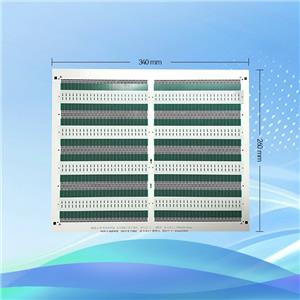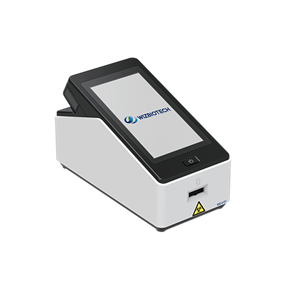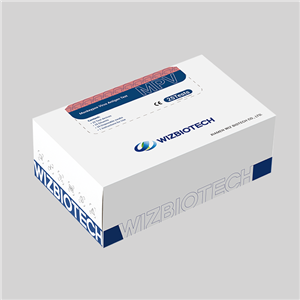Diabetes in Central Asia: Why Primary Clinics Need Blood Glucose Monitoring
Diabetes is becoming one of the fastest-growing health challenges in Central Asia. Across Uzbekistan, Kazakhstan, Kyrgyzstan, Tajikistan, and Turkmenistan, the number of people living with type 2 diabetes continues to rise every year. Rapid urbanization, lifestyle changes, and an increase in obesity are driving this trend, and healthcare systems are under pressure to respond. What makes the situation more complex is that many people remain undiagnosed until complications appear, which means that early and accessible testing has never been more important.
For primary clinics, where most patients first seek care, blood glucose monitoring is the most practical and effective starting point. A reliable blood glucose meter allows doctors to quickly screen patients who may be at risk, helping them identify diabetes earlier and begin treatment before complications occur. In many rural parts of Central Asia, access to advanced laboratory equipment is limited, so simple point-of-care devices can make a significant difference in community healthcare.
But glucose measurement is only one piece of the puzzle. Managing diabetes effectively requires more than daily readings. This is where HbA1c testing plays a vital role. By showing a patient’s average blood glucose level over the past two to three months, HbA1c provides a more complete picture of long-term control. For primary clinics, offering HbA1c testing means they can guide treatment plans more precisely and help patients stay on track with their therapy.
As healthcare systems in Central Asia modernize, many facilities are also looking at immunoassay analyzers to expand their diagnostic capabilities. These smart systems can handle a range of tests, including those related to diabetes and its complications. While larger hospitals may lead the way, even regional clinics are beginning to see the value of integrating immunoassay technology to deliver more comprehensive care.
The combination of blood glucose meters, HbA1c testing, and immunoassay analyzers creates a powerful toolkit for primary care providers. Together, these tools enable earlier diagnosis, better monitoring, and improved patient outcomes. They also reduce the overall burden on healthcare systems by preventing costly complications such as heart disease, kidney failure, and vision loss—conditions that are sadly common when diabetes goes unmanaged.
For clinics in Central Asia, the question is no longer whether to invest in diabetes diagnostics, but how quickly they can implement them. With prevalence continuing to climb, the need is urgent. Reliable blood glucose monitoring solutions, supported by HbA1c testing and immunoassay technology, represent a practical and scalable way forward.
By adopting these tools, primary clinics can not only improve the quality of care they deliver but also play a central role in addressing one of the region’s most pressing health challenges.




